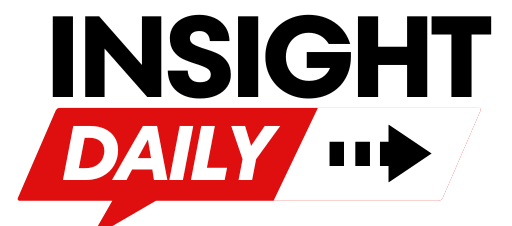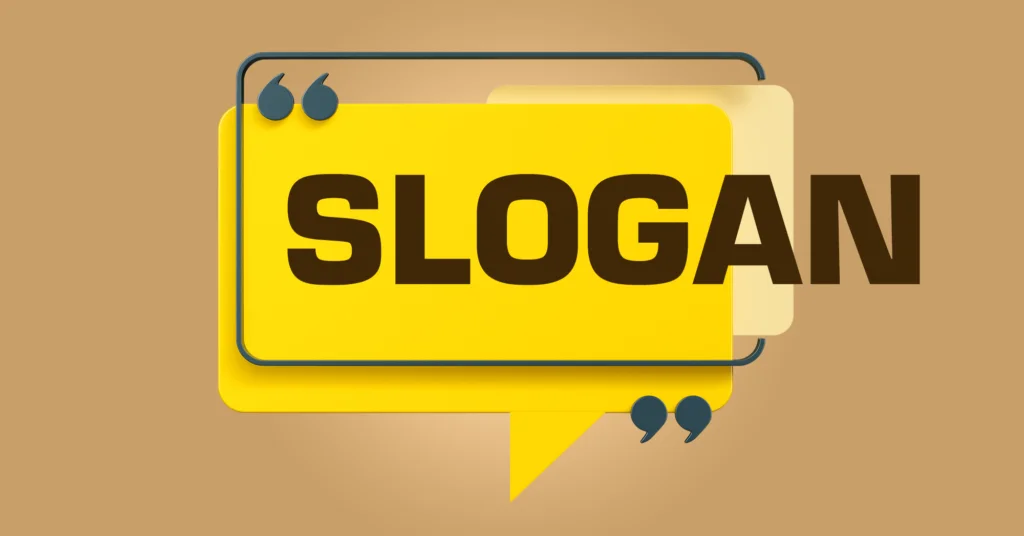SLOGAN: For decades, retail campaigns were the beating heart of Brazilian advertising.
They drove the professionalization of the sector, helped consolidate agencies, and always knew how to bring out the best in our creativity. At the heart of these campaigns—whether promotional (like the classic Havaianas) or institutional (like the unforgettable “Varig, Varig, Varig”)—were slogans and jingles.
During some research, I found a true historical gem: a campaign from 1470, yes, in the 15th century, that already used a sales slogan! Peter Schoeffer, a German typographer and partner of Gutenberg, printed the phrase “the same quality as a manuscript, but much cheaper” on his brochures. This led a list of twenty books sold by his traveling salesmen. A copy of this brochure survives to this day in the Munich State Library. It could be said to be the first B2C campaign on record!
Political marketing
Long before advertising became a structured profession, it was a side job for journalists and an improvisational tool for merchants in their pamphlets. Professionals in the field were called “auctioneers,” “propagandists,” and even “agitators,” in a similar vein to political marketing.
It was in the 20th century that advertising gained momentum and became fully professionalized. The increased availability of products and the emergence of new information channels, especially radio, contributed to this advancement. At the time, networks were still local, and many campaigns were conducted live and regionally. National campaigns were rare.
With the arrival of live, recorded, and color TV broadcasts, everything changed. Habits, bedtimes, and consumer behaviors changed. Remember the Parahyba Blankets campaign? “It’s time to sleep, don’t wait for Mom to tell you…” became a late-night theme song.
We got our information from Repórter Esso, we were moved by The Right to Be Born, and advertising followed suit, reflecting society and shaping behavior. TV has established itself as the grand stage for retail campaigns, which have taken over national media with catchy jingles, memorable slogans, and recognition even outside Brazil.
Popular imagination
Throughout my career, I’ve met brilliant minds behind campaigns that have marked generations—from the creator of the Danoninho song (“Give it to me, give it to me”) to the creator of Uncle Sukita and his quips. Not to mention the iconic steel wool with “a thousand and one uses.” These phrases have remained in the popular imagination.
But time has passed. Then came chips, data, the internet, and, of course, social media. With this, we began segmenting our messages, creating increasingly targeted, hyper-personalized, and data-driven campaigns. Today, we dream of B2P—business-to-person—with campaigns created for each individual.
Nothing against evolution—it’s necessary. But the problem is that, in this process, many brands have forgotten the essential: the core message, the brand’s DNA. What was once brilliantly translated into a good slogan or jingle is now lost in a sea of generic posts and short-lived campaigns.
Memory
Slogans like “A thousand and one uses,” “Just do it,” or “Whoever eats, asks for more” marked eras. But how many recent slogans come to mind? In a quick search using generative AI, like MS Copilot, I noticed that the “best slogans of recent years” are all from at least five years ago.
This shows that we’re losing something valuable. The slogan is more than a creative phrase—it’s the soul of the brand, the promise that stays in the consumer’s memory. Perhaps it’s time to reclaim this essence.
See also
Science Identifies Warship Sunk 250 Years Ago on Scotland
Hulk Hogan, actor and wrestling legend, dies at 71
Science Identifies Warship Sunk 250 Years Ago on Scotland

